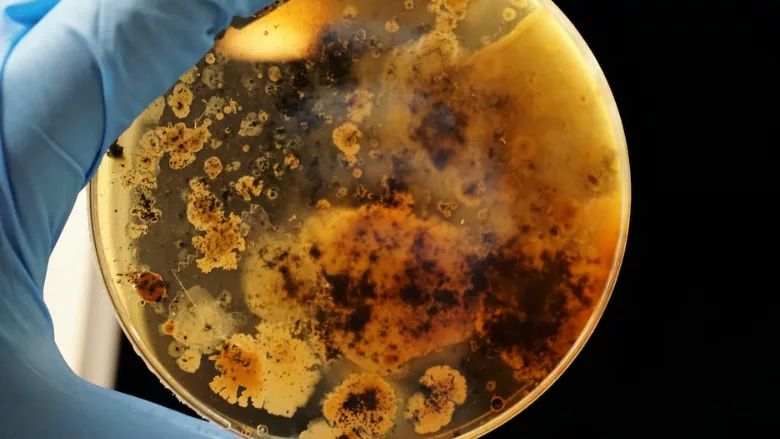AUS Releases Report on AMR Mitigation, Stresses Urgency

Credit: Adrian Lange via Unsplash
Australia is seeing a growing “silent pandemic” of antimicrobial resistance (AMR), according to a report released by the Australian Commonwealth Scientific and Industrial Research Organization (CSIRO). The report outlines the challenges that Australia and the world need to overcome to mitigate the rise of antimicrobial resistance (AMR).
The report, conducted in collaboration with the Australian Academy of Technological Sciences, calls for greater national coordination and a focus on streamlining commercialization processes for new AMR solutions and technologies.
AMR, which could render some of the most critical antimicrobial drugs ineffective, was recently designated one of the top 10 global public health threats by the World Health Organization (WHO). According to CSIRO, AMR is responsible for over 1.27 million deaths annually around the world, and in Australia, modeling suggests that AMR could be responsible for over 5,000 deaths annually. Food systems are a major vehicle for the spread of AMR.
The report calls out the key challenges and opportunities for Australia to improve how the nation prevents, detects, diagnoses, and responds to drug-resistant infections and reduce the impacts of AMR," she said. Drawing on the expertise of more than 100 multidisciplinary experts across government, academia, and industry, the report looked at a range of potentially impactful technologies such as:
- Integrated surveillance and sensing solutions
- Point-of-care diagnostics
- Vaccination technologies
- Antimicrobial surfaces
- Air sterilization technologies.
Specific examples included surface sprays that change color when pathogens are present, and toilets that detect and eliminate harmful microbes before they reach waterways. The report also highlights the importance of a collaborative, preventive approach to AMR, which is a key tenet of the Minimizing Antimicrobial Resistance Mission.
The report supports work underway by the mission, which was developed by CSIRO with the Australian Departments of Agriculture, Fisheries and Forestry, and Health and Aged Care. The mission aims to work with end-users, academic, and industry partners to identify and prioritize solutions that have the greatest impact on preventing and managing further AMR.
Looking for quick answers on food safety topics?
Try Ask FSM, our new smart AI search tool.
Ask FSM →








